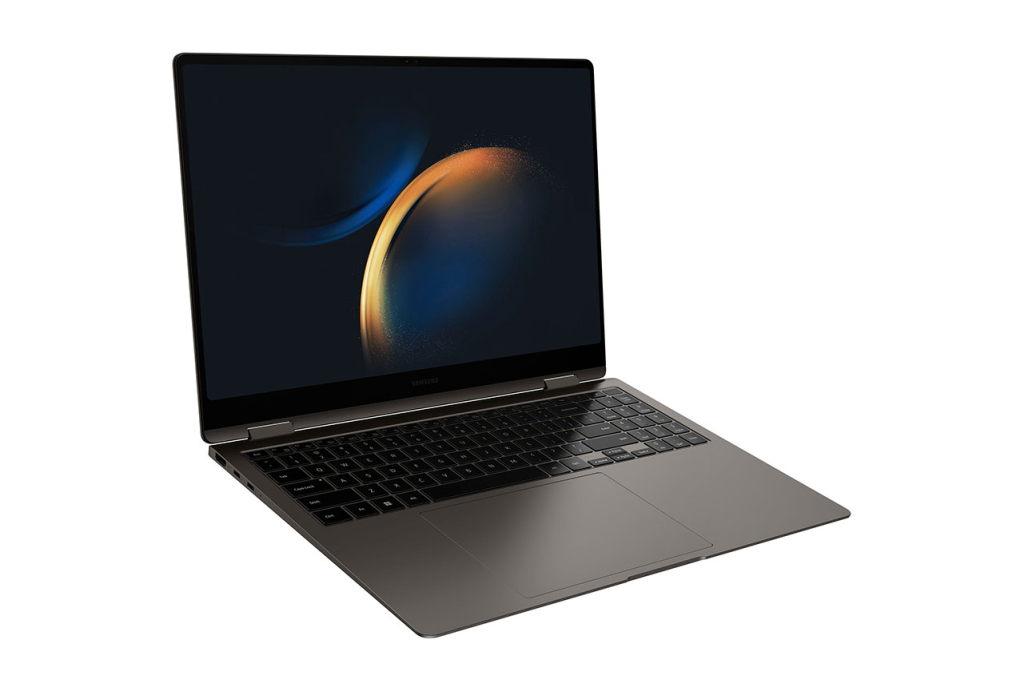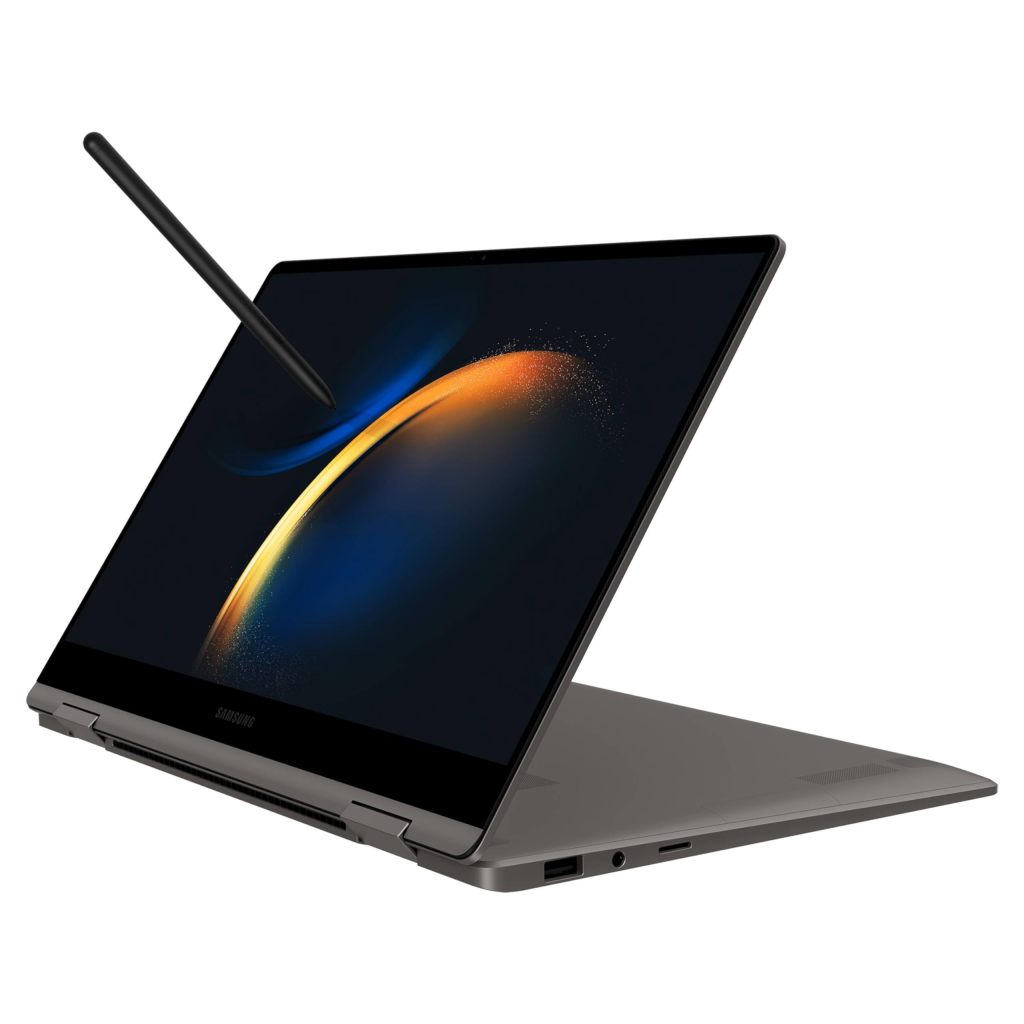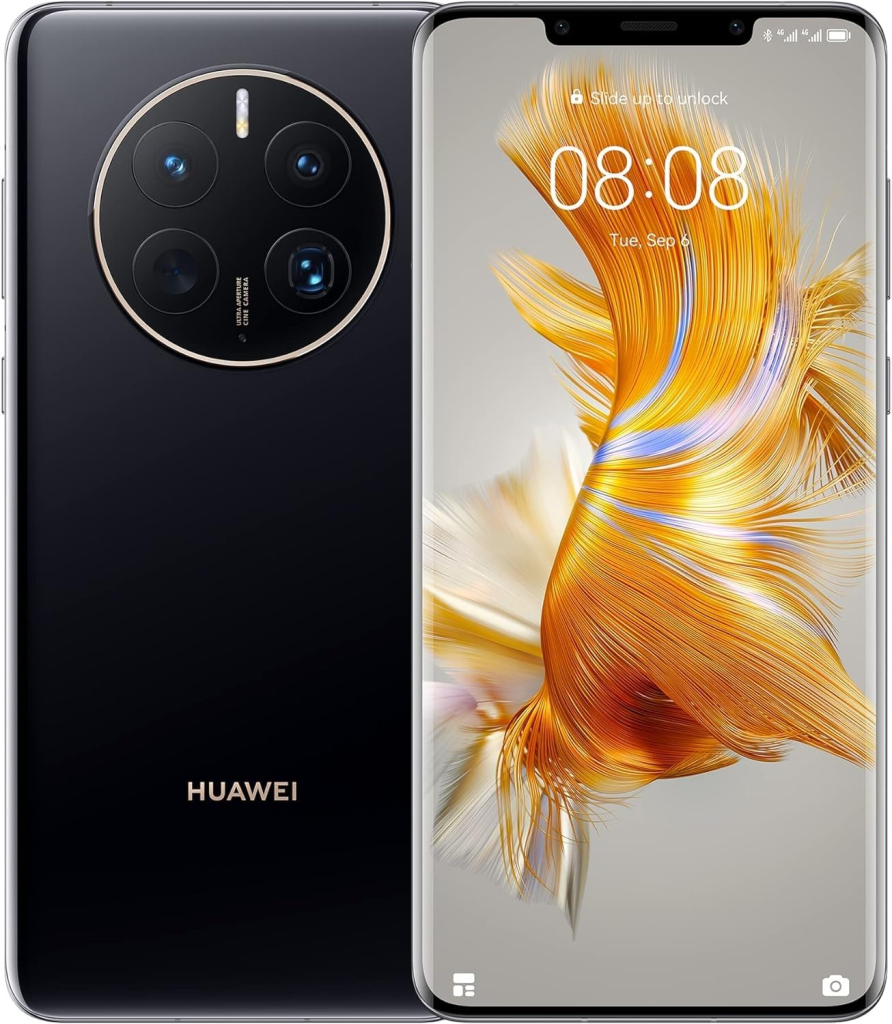
Understanding the Dyson SV12 Model
Before considering a dyson sv12 battery upgrade, it’s important to know exactly what the SV12 model is. Many users wonder, What Dyson model is SV12? The answer is that the SV12 refers to the Dyson V10 series, which includes several variants like the V10 Absolute, Animal, and Motorhead. These cordless vacuums are known for their strong suction power, lightweight design, and up to 60 minutes of run time on a full charge. The V10 line marked a major evolution in Dyson’s cordless vacuum technology, bridging the gap between handheld and full-size vacuum performance.
How Old Is the Dyson SV12?
Another common question is, How old is the Dyson SV12? The Dyson V10 (SV12) was first introduced in 2018. That means many of these vacuums are now around five to seven years old, depending on the purchase date. Over time, the battery naturally begins to lose capacity, resulting in shorter run times and weaker suction. This aging process is typical for lithium-ion batteries and depends on factors like charging habits, storage temperature, and usage frequency.
Choosing Between a Genuine Dyson SV12 Battery and Alternatives
When your vacuum’s performance drops, it’s tempting to look for a replacement. Some users search for a genuine dyson sv12 battery, while others consider upgraded or third-party options. A genuine replacement ensures full compatibility and similar performance to the original, while an upgraded version might offer higher capacity or longer run times. However, it’s essential to make sure the voltage and connector type match your vacuum model to avoid issues during installation.
Is It Worth Replacing My Dyson Vacuum Battery?
If you’re asking yourself, Is it worth replacing my Dyson vacuum battery?, the answer usually depends on your vacuum’s condition. If the motor and main body are still working well, replacing the battery can bring your vacuum back to near-new performance for a fraction of the cost of a new model. However, if other parts—such as the brush head or motor—are also showing signs of wear, it might be more practical to invest in a newer vacuum.
Tips for a Successful Dyson SV12 Battery Upgrade
Performing a dyson sv12 battery upgrade can be straightforward if you follow a few precautions. Always unplug the charger, remove the old battery carefully using the proper screwdriver, and ensure that the new battery clicks firmly into place. After installation, fully charge the vacuum before first use to maximize the new battery’s lifespan. Regular maintenance—such as cleaning the filter and ensuring the airflow remains unobstructed—can also help preserve battery health in the long term.
Final Thoughts
The Dyson SV12, also known as the V10, remains one of the most capable cordless vacuums even years after its release. Whether you choose a genuine dyson sv12 battery or a compatible upgrade, replacing the battery is an effective way to extend your vacuum’s life and restore its cleaning power. For most users, a quality battery replacement is absolutely worth it—keeping your Dyson running efficiently for many more years to come.








